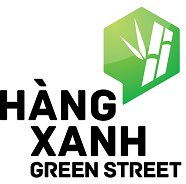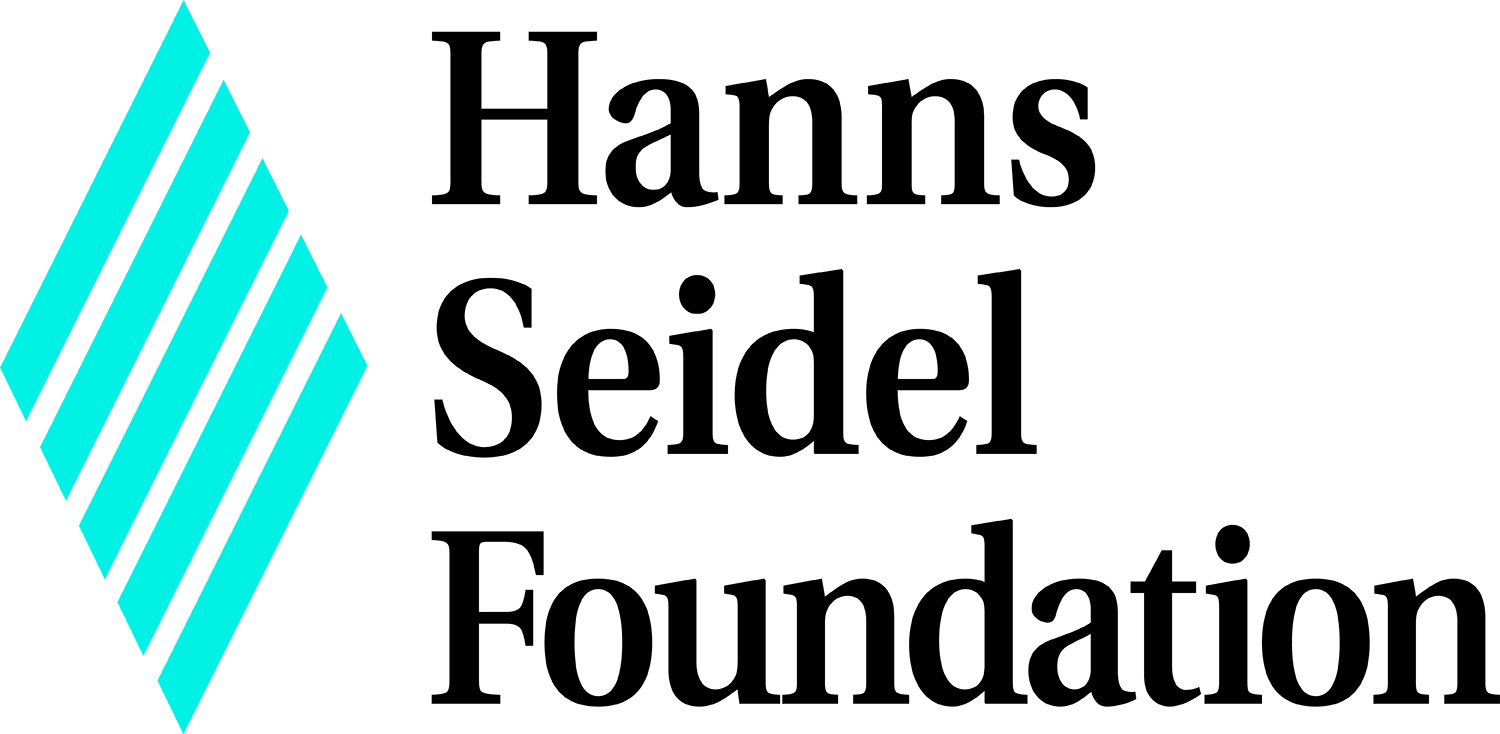India’s Power Struggle & the Emergence of Renewable Energy
The Green-Energy-Corridor is part of the country’s plans to boost transmission capacity to enable a seamless flow of electricity from clean electricity producing states to consuming states that face power shortages.

India consumes 309 GW of power and still 300 million people in the country live without access to electricity. By 2030, India’s energy consumption is expected to rise to 700 GW. The escalated demand will be not only to due to the growth in the manufacturing industry but also due to electoral promises of providing full access electricity to all citizens by 2022.
To achieve this unimaginable, India is placing its bets on both coal and solar energy. Coal to provide base load power with peak load power.
India’s coal dependency & emergence of Renewable Energy:
India, a major importer of coal, has doubled its production targets from it’s local mines aiming to produce 1.5 billion tons of coal by 2020. The intensity is to reduce its import dependence & to help the under utilized thermal power plants in the country. India is also rapidly expanding its coal-fired electricity generation capacity, with around 113 GW of new capacity already under construction in addition to the 205GW of existing capacity. Given the investments underway and the abundance of the resource in the country, it seems that the coal will undoubtedly continue to play a dominant part in India’s energy mix.
Renewable energy technology is considered unstoppable globally. No longer now solar power is dependent on government subsidies for its survival, solar tariff’s are reducing day by day it’s increasingly beating fossil fuels on pure raw economics.
After India’s commitment at Conference of the Parties (CoP) 21 in Paris to fight against climate change. India is setting itself to transform its image completely with support of global technological advancements by leveraging falling price of solar energy which had been by 80% in the past five years.
GOI plans to achieve 175GW of renewable energy capacity by installing 100 GW of solar (Utility and rooftop), 60GW of Wind, 10GW of biomass and 5GW of small hydro electric projects by 2022. So far in last two and half years, the solar installed capacity is expanded by 200%, from 3,000 MW in March 2015 to 9,500 MW by end of December 2017.
According to reports, solar is getting so cheap, so fast, that it will quickly represent the lion’s share of new electric-power generation. Assuming battery technology continues to improve, very soon solar will start to replace some fossil-fuel plants. According to the new GOI’s draft 10-year energy blueprint predicts that 57% of India’s total electricity capacity will come from non-fossil fuel sources by 2027. (The Paris climate accord target was 40% by 2030).
High cost of Financing:
Hoping to achieve massive target of 175 GW of Renewable Energy, GOI had pledged $30 million over five years to establish the International Solar Alliance (ISA) with 121 nations across the globe, to facilitate easier finance from multilateral.
banks for solar projects in addition It has also appealed to the wealthier nations to invest in renewable energy projects. With India’s exceptional GDP growth rate of more than 7%, global leaders have started thinking over to invest in India.
Japan’s Softbank has committed to invest $20bn (£16.2bn) in conjunction with Taiwanese company Foxconn and Indian business group Bharti Enterprises. French state-owned energy company EDF to invest $2bn in Indian renewable energy projects, citing the country’s enormous projected demand and “fantastic” potential of its wind and solar radiation. Adani too invests in world’s largest solar plant in Tamil Nadu including Tata Solar aiming to generate as much as 40% of its energy from renewable sources by 2025.
India will need tremendously huge amount to provide 24/7 electricity to all its citizen. The world bank sees this solar impetus as an investment opportunity and is providing $1billion to support India’s ambitious solar initiatives.
Power Infrastructure concerns:
The Green-Energy-Corridor is part of the country’s plans to boost transmission capacity to enable a seamless flow of electricity from clean electricity producing states to consuming states that face power shortages.
The GEC Project, spearheaded by the Power Grid Corp with support from Asia Development Bank and Germany’s Development Bank KfW, is expected to enhance the electric grid’s transmission capacity. The network is designed to transmit 55GW of solar and wind power being generated in eight renewable energy - rich states to load centers in the country’s north. In parallel, as per Integrated Power Development Scheme (IPDS) policy, intends to reduce AT&C losses, strengthen sub-transmission and distribution networks and fix admin losses through IT integration.
Of Rs127 billion to be invested on lines to transmit power from solar parks, the inter-state portion of the transmission investments will cost Rs80 billion, while intra-state lines will require another Rs 47.45 billion. India will also receive a soft loan of about €1billion for the corridor’s development from the German development bank KfW
Looking forward to 2017, With much of investments on the ground and ḥaving clear vision, it is expected that new capacity addition of over 9 GW (up 90% over 2016) and up to 8 GW of new utility scale capacity allocation by NTPC, SECI and states including Madhya Pradesh, Maharashtra and Tamil Nadu to come up. As other international markets including China, Japan and Europe slow down, India will remain one of the fastest growing markets around the world moving fast to achieve the targets set.
GOI needs to align the incentives and bring in more friendly new domestic manufacturing policy to boost the industry and to ensure that the dream becomes a reality.
Source: bwdisrupt.businessworld.in



















